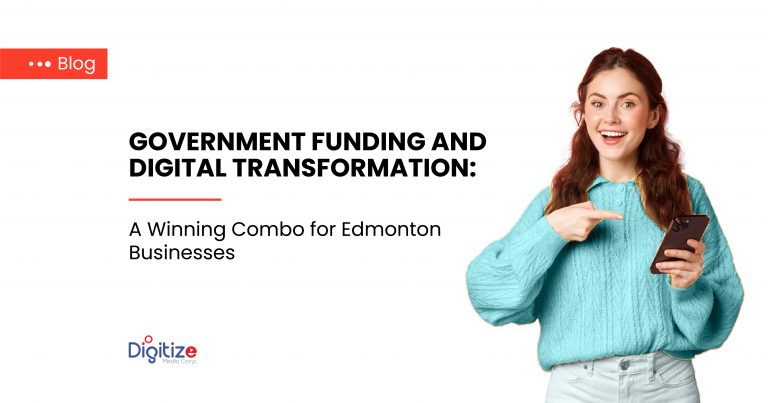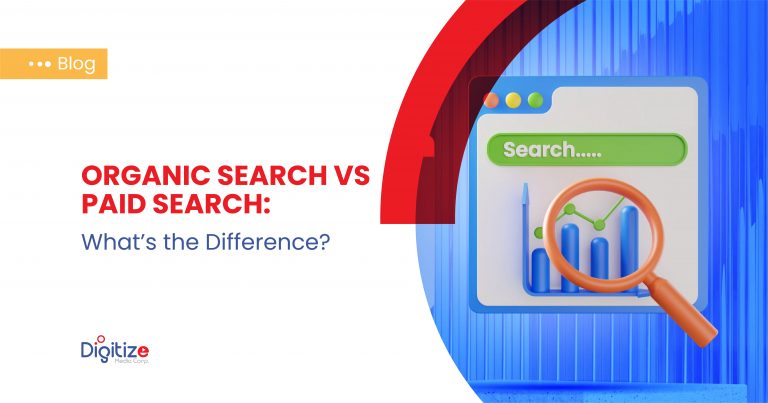The Role of CDAP in Disaster Recovery Planning
Understanding CDAP
Before diving into the integration of CDAP into disaster recovery, it’s important to understand what CDAP is. CDAP, particularly in Edmonton, offers a framework for businesses to adopt digital technologies. It’s a government initiative that provides resources and support to businesses looking to digitize their operations.
- Promotion of Digital Resilience: CDAP encourages businesses to adopt digital technologies that enhance their ability to withstand and quickly recover from disruptive events. This includes the implementation of cloud-based data storage and backup solutions, which are essential for safeguarding data against loss due to physical damages like fires or floods. Additionally, digital resilience involves the use of automated systems and processes that can maintain operations even when human intervention is limited.
- Improving Cybersecurity: Disasters in the digital realm, such as cyber-attacks or data breaches, are increasingly common. CDAP places a strong emphasis on improving cybersecurity measures. This includes providing resources and guidance for implementing more robust security protocols, training employees in cybersecurity best practices, and ensuring that businesses have the necessary tools to detect and respond to cyber threats.
- Financial and Advisory Support: Recognizing that the transition to digital technologies can be costly and complex, CDAP offers financial assistance and expert advice to businesses. This support can be crucial for smaller businesses that might not otherwise have the resources to invest in comprehensive disaster recovery strategies. By receiving financial aid and guidance from digital advisors, these businesses can implement more effective and tailored disaster recovery solutions.
- Training and Development: A significant component of CDAP’s role in disaster recovery planning is the focus on training and skill development. Businesses are provided with resources to train their staff in using new digital tools and technologies. This ensures that in times of crisis, the workforce is well-prepared to utilize these tools effectively, minimizing downtime and facilitating a quicker recovery.
- Enhancing Communication and Coordination: In the event of a disaster, communication becomes crucial. CDAP encourages the adoption of digital communication tools that ensure seamless coordination and information sharing among team members, stakeholders, and customers. This aspect of digital adoption can be particularly valuable during a crisis, where rapid and clear communication can significantly impact the recovery process.
- Future-Proofing Businesses: By integrating advanced technologies and digital practices, CDAP helps businesses to future-proof themselves against a variety of potential disasters. This includes preparing for unforeseen events and adapting quickly to changing circumstances, which is increasingly important in a fast-paced, technology-driven business environment.
Key Components of CDAP for Disaster Recovery
- Cloud-Based Solutions: One of the primary components of CDAP in disaster recovery is advocating for and facilitating the use of cloud-based technologies. Cloud services provide businesses with off-site data storage, ensuring data safety in case of physical damage to the business premises. Cloud-based solutions also offer scalability and flexibility, allowing businesses to adjust their resources based on their needs during and after a disaster.
- Cybersecurity Measures: With the increasing reliance on digital infrastructure, the risk of cyber threats like hacking and data breaches has risen. CDAP emphasizes strengthening cybersecurity as a critical component of disaster recovery planning. This includes educating businesses about the importance of secure networks, data encryption, regular security audits, and the implementation of robust cybersecurity protocols.
- Automation and AI Technologies: Automating certain business processes and utilizing artificial intelligence (AI) can significantly aid in disaster recovery. Automation ensures continuity of operations with minimal human intervention, which is crucial during a disaster when the workforce might be limited. AI can be used for predictive analysis, helping businesses to anticipate potential issues and react proactively.
- Training and Skill Development: For the effective use of digital tools in disaster recovery, employees need to be skilled and comfortable with these technologies. CDAP provides access to training and development programs to ensure that the workforce is knowledgeable and prepared to utilize digital tools effectively, particularly in high-pressure disaster scenarios.
- Financial Assistance: Implementing advanced digital solutions can be financially demanding, especially for small and medium-sized enterprises. CDAP offers financial support to businesses to help them invest in necessary digital infrastructure. This support is crucial for enabling these businesses to have disaster recovery capabilities that they might not afford independently.
The Role of CDAP Digital Advisor in Edmonton
In Edmonton, a CDAP Digital Advisor plays a pivotal role in guiding businesses through their digital transformation journey. They offer localized insights and strategies tailored to Edmonton’s unique business landscape, ensuring that the integration of digital tools aligns perfectly with disaster recovery objectives.
CDAP and Social Media Engagement
One interesting aspect of CDAP is its potential to enhance social media engagement, which is crucial in maintaining communication during a disaster. By leveraging digital tools for social media, businesses can keep stakeholders informed and engaged, an essential component of effective disaster recovery planning. For more insights, visit CDAP and Social Media Engagement.
Why CDAP Matters in Disaster Recovery
The key takeaway here is that CDAP isn’t just about digital adoption; it’s a strategic element in building resilient, disaster-proof businesses. It’s not just about surviving a crisis but emerging stronger and more prepared for future challenges.
Conclusion
CDAP is more than a digital adoption program; it’s a critical component in fortifying disaster recovery plans. By collaborating with a CDAP Digital Advisor in Edmonton, businesses can transform their approach to disaster preparedness, ensuring continuity and resilience in the face of adversity. Remember, in the digital age, a robust disaster recovery plan isn’t a luxury; it’s a necessity.
Are you ready to elevate your disaster recovery plan with CDAP? Contact an Edmonton-based CDAP Digital Advisor today and take the first step towards a more resilient future.








